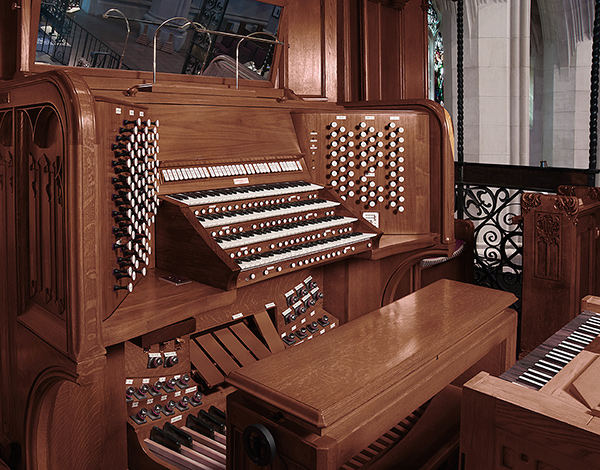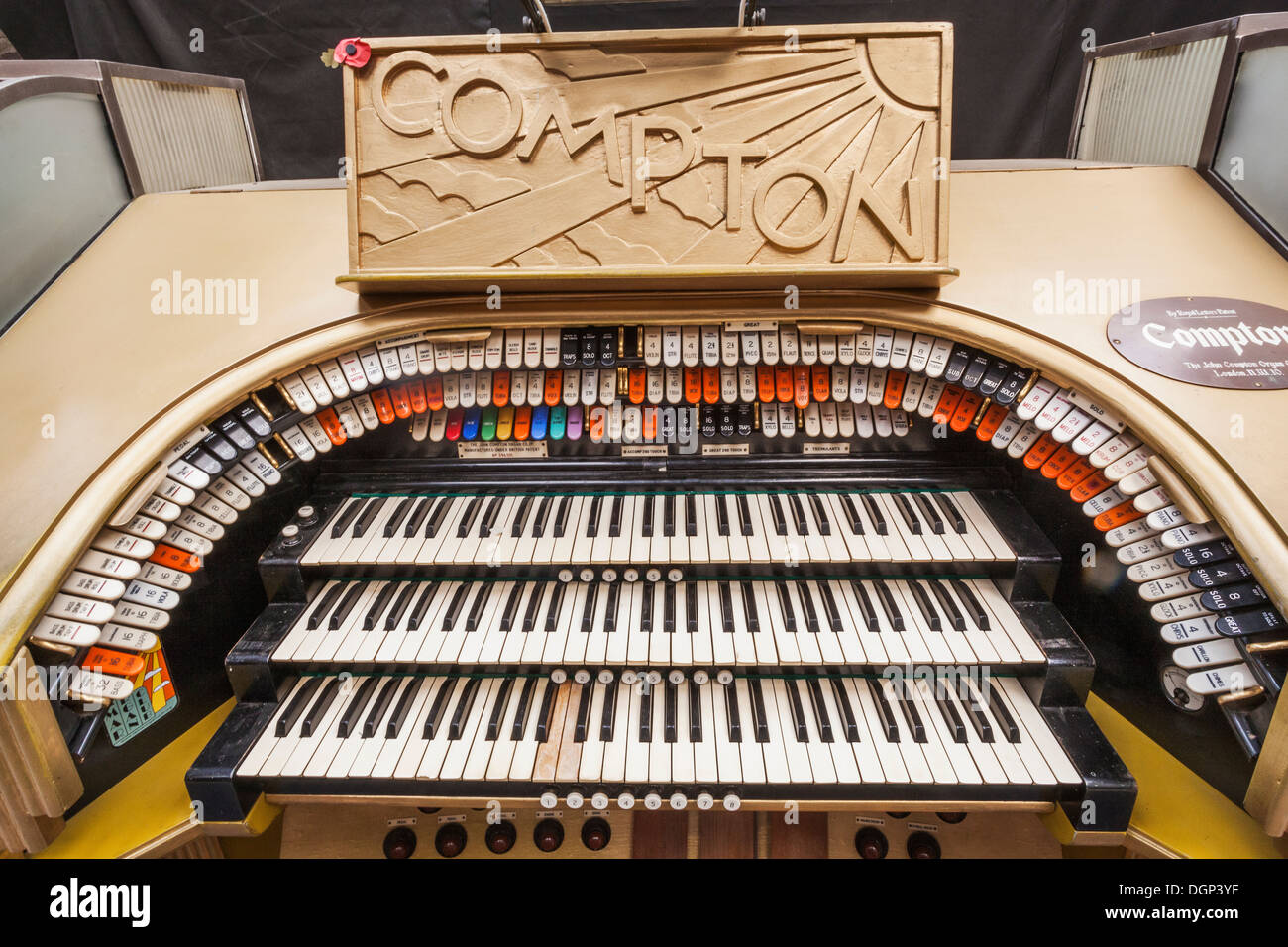

1970 - EX-42 This became Yamaha's first commercially available stage model Electone. The sounds and recordings can be heard from the "Electone Fantastic!" Album, in both volume. Named 21 based on the word, "21st century", which basically meant, "Futuristic organ from the 21st century". Different from prior Electones, it was expressly designed for stage performances. 1968 - EX-21 Prototype The EX-21 was known as a prototype for the upcoming futuristic, space-age style stage organ models in the future. 1968 - E-3 Yamaha's top model at that time, mostly for stage purposes. 1967 - D-2B The first Electone Model that was import by Nippon Gakki to USA. 1966 - F-2 Another Electone's "pipe" organ product. 1966 - A-3 Electone's first combo organ, but only equipped with a single keyboard and an expression pedal. The original price tag was around ¥2,200,000, removing the E-1 and making it the most expensive Electone models in its era. 1964 - F-1 Electone's first "pipe" organ model and rarely known, that was built for 15 years, from 1964 to 1979. 1962 - E-1 The highest and expensive Electone model at that time, with the price of ¥647.000 in 1962. With the price of ¥128.000, mostly used for students.

1960 - A-2 The first Electone model with only a single keyboard and a single octave pedal. 1959 - D-1 First model of Electone that was launch by Yamaha, starting with the price around ¥350.000 at that time. 1959 - Prototype ET-5 and EM-6 In May 1959, the prototype ET-5 was manufactured, along with the prototype EM-6, a single-stage keyboard that were made out of transistors.

The consoles consists of a three-stage keyboard, a 32-key pedal keyboard, and 171 switches of sounds and other functions for the prototype organ. It consists of one console, four oscillators, a tone-forming part widening device, and three speakers. Yamaha began exporting Electones to the United States, starting with the D-2B in 1967.ġ958 - E-T Prototype The E-T was firstly as a prototype concept by Nippon Gakki (known as Yamaha today). See also: List of Yamaha products § Electone Electones were to be found not only in homes, especially in Japan and elsewhere in the East Asia, but also in bands and other solo and group public performances. The product name "Electone", coined from the word "Electronic" and "Tone", that later it became so popular throughout the whole country that it was mistaken for the common noun of electronic organs in later years.īy the 1980s, many of the most famous names had ceased home production, but the Electone successfully transitioned to the modern world of digital synthesizers, now competing with such new electronic products as Moog Music, Wersi, and later Kurzweil. This allowed Electone's survival as the traditional home electronic organ market dried up. By 1980, with the market waning sharply, and some manufacturers ceasing production, the Electone line embraced digital technology.
Kimball organ christmas music series#
Then, the Yamaha Electone series finally made its debut in 1959 with the D-1, a home instrument. The Yamaha Electone firstly made as a prototype concept in 1958, named "E-T". By the end of the 1950s, familiar brand names of home organs in addition to Hammond included Conn, Kimball, Lowrey, and others, while companies such as Allen and Rodgers manufactured large electronic organs designed for church and other public settings. 5.1 International Electone Festival FinalsĪfter Hammond pioneered the electronic organ in the 1930s, other manufacturers began to market their own versions of the instrument.Songlist: All Hail to the Days, King of the Seasons, Christmas Far Away, Chorale (Little Lamb), Catch (The Carnal and the Crane), Finale (Mr Fezziwig's Party) Voicing: SATB | 4305b | Songbook | $3. Given their origin, the songs might lend themselves to some theatricalization, but this shouldn't go too far." (Stephen McNeff) It does not have to be done in its entirety or even in order, and it could be interwoven with suitable Christmas readings such as excerpts from Dickens' "A Christmas Carol" (though there are many others). The Suite could be performed as part of a carol service or in a Christmas concert. The accompaniment is optional and need not necessarily be a piano. "This Suite of Christmas songs can be performed by any four-part ensemble or choir (there were eight voices in the Liverpool Playhouse productions). The music on which this work is based was written for productions of "A Christmas Carol" and "Oliver Twist" at the Liverpool Playhouse. Stephen McNeff : A Dickens Christmas: A Choral Suite


 0 kommentar(er)
0 kommentar(er)
